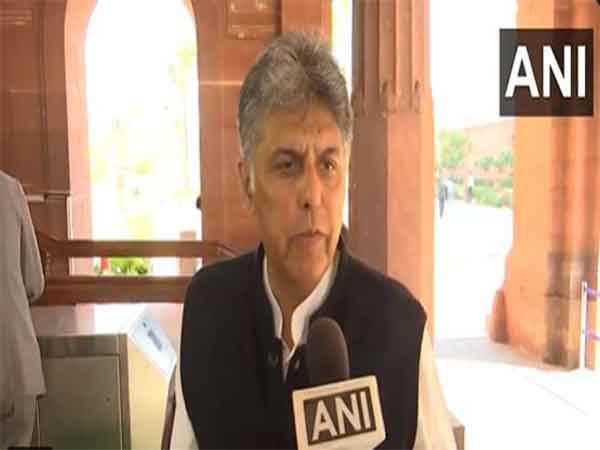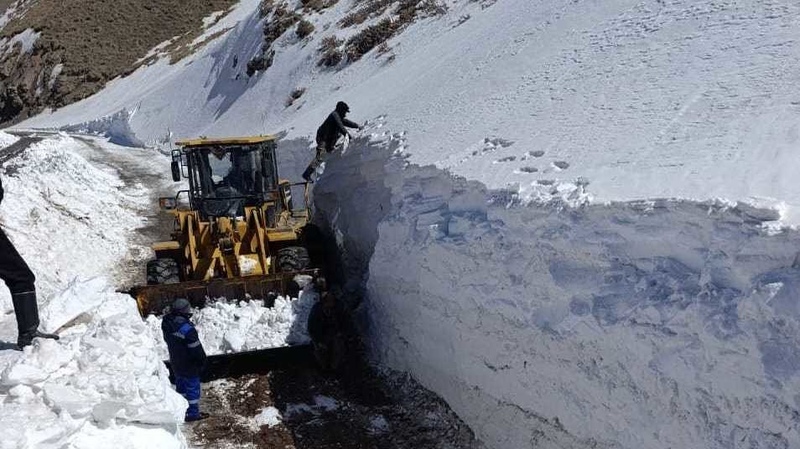US President Donald Trump is set to unveil a new round of tariffs, as part of what he is calling 'Liberation Day' for his country's economy. With the Trump factor in play, anything is possible, from double-downs to backdowns. The end result could be "chaos", some analysts say.
Firstly, what is a tariff? Tariffs are a form of tax, imposed on goods coming into a country by the nation receiving them. The company bringing the goods into that country (the importer) generally pays the extra tariff, and then makes a call about absorbing that cost or passing it onto suppliers or consumers. The end result can be higher prices for imported goods — which is why countries use them to prioritise their local industry, by making products from overseas less attractive.

Earlier this year, Mr Trump implemented tariffs on , and on specific items like steel and aluminium. Some countries retaliated with their own tariffs on US products. Now Mr Trump is talking about "sweeping" tariffs.
"These tariffs are aimed at offsetting not just tariffs on US exports, but also non-tariff trade barriers, exchange rate manipulation, or even domestic taxes such as value added tax," ANZ noted this week. For Australia, it could mean tariffs to 'repay' the cost of the 10 per cent goods and services tax (GST) that we charge on most goods sold in Australia, whether imported or made locally. When you look at the trade data between the US and other countries, it is clear whatever is announced on 'Liberation Day' will be felt differently across the globe, including in Australia.
Which countries do the most trade with the US? The US's current biggest trading partners include its neighbours Mexico and Canada, as well as rival superpower economy, China. The sum total of what the US sells and buys from each of them is huge — in the case of Mexico, it was around $US776 billion ($1.2 trillion) last year.
You'll note that Australia isn't in the top 12 of US trading partners — more on our trade relationship later. China, Mexico and Canada are also the countries that Mr Trump targeted first with tariffs earlier this year — in a effort to spur action on other policy fronts, like migration. This gave the world a taste for how the current US administration's tariffs play out on the global stage — with a series of pauses, temporary exemptions and retaliatory measures, plus huge volatility across world markets.
Trade partnerships aren't always equal When you look at who is selling the most stuff to the US, the picture is slightly different to the top line trading partners mentioned above. While the US exports to China, it buys back far more goods than it sells. That gives it what's known as a 'trade deficit' of around $US270 billion with the Asian superpower.
It's in a similar position with its neighbour Mexico, which exports a lot of vehicles, petroleum and alcohol. America also has a trade deficit with exporters of high-tech products — like Taiwan, a major source of semi-conductor chips, and Japan, which sells a lot of cars into the States. Where does Australia fit into this? On the flip side, in many markets, the US sells a lot more goods than it buys from those same nations — including Australia.
That gives the US a trade surplus with Australia — put the other way, Australia has a trade deficit with the US. Australia's trade deficit has been noted a lot during the last few months, with our politicians arguing that we're small fish and shouldn't be targeted by Mr Trump's tariffs. Yet the Australian government is aware that this argument might fail — as it did in negotiations over steel and aluminium tariffs, which have already been implemented and are impacting some exporters here.
The White House could also consider Australia's GST or the discounted medical purchases it makes through the Pharmaceutical Benefits Scheme to be 'tariffs' worthy of reciprocation. What Australian industries could be most impacted? When it comes to Australia, this list of what we send to the US highlights the industries that could be most impacted if tariffs are applied universally. We export a lot of meat to the States, so the beef industry is on alert.
Other industries that have the US as a key customer include gold, pearls and other precious stones, and optical and medical goods. Australia exported $US1.35 billion worth of pharmaceuticals to the US last year, mostly blood products and vaccines.
One of Australia's biggest publicly-listed firms, CSL, is a major player in the space, manufacturing in Europe, Australia and in the US itself. Some sectors are already feeling extra costs from Trump's America — for instance, Australian companies that manufacture goods in China and then send them on to the US are already subject to tariffs. Economists have noted that the biggest threat to Australia is actually if China's economy slows down as a result of US tariffs.
As our largest trading partner, the health of China's economy is crucial to Australia's outlook. One man appears to be the last remaining hurdle between Australia and the soft economic landing that the federal government and Reserve Bank have been angling for. "Australia's trade with the US is comparatively small overall and we do not see large direct macro impacts," NAB analysts wrote.
"Instead, we expect impacts to be through more affected trading partners like China. "The most exposed Australian industries are related to our largest export products (beef, gold and other metals, and pharmaceuticals) and their domestic supply chains. "Heightened global uncertainty and the risk of tariff escalation will weigh on global growth.
" The other indirect impacts that could hit Australia are if countries that usually sell their goods to the US start looking for other markets — which could either see more of particular products heading to our shores, or our goods competing in other oversupplied markets. Which industries could be most affected globally? Beyond Australia, tariffs will impact those countries that sell a lot of goods into the US — particularly those that sell items specifically earmarked for extra import costs. The US top imports include cars, crude petroleum, computers, and automotive parts.
One of the most notable tariffs flagged by the White House has been on automakers. Japan's leader has noted there will be a "very big" impact from the planned 25 per cent tariffs on automotive imports. Mr Trump says, on the flip side, this will helps US automakers (like Tesla, owned by his close ally Elon Musk) make more cars on American soil and help generate jobs.
Already, based on the cars tariffs alone, analysts are predicting disarray. "It is becoming crystal clear this tariff US policy will cause pure chaos to the global auto industry," Wedbush analyst Dan Ives said in a note this week. But some analysts think the car tariffs might even help Australia, because it will compel manufacturers to look for alternative markets — possibly leading to lower prices.
The other major development we could see is countries hitting back with more import taxes on US products, including its top trading partners China, Mexico and Canada — further eroding years of relatively open global trade. "Uncertainty is high, and the range of possible outcomes is wide," ANZ analysts noted this week about the looming 'Liberation Day'..
Top
Where Trump’s tariffs could hit the hardest and where Australia stands
US President Donald Trump is set to unveil a new round of sweeping tariffs today. Here's which countries do the most trade with America, how they could be impacted and where Australia fits.











